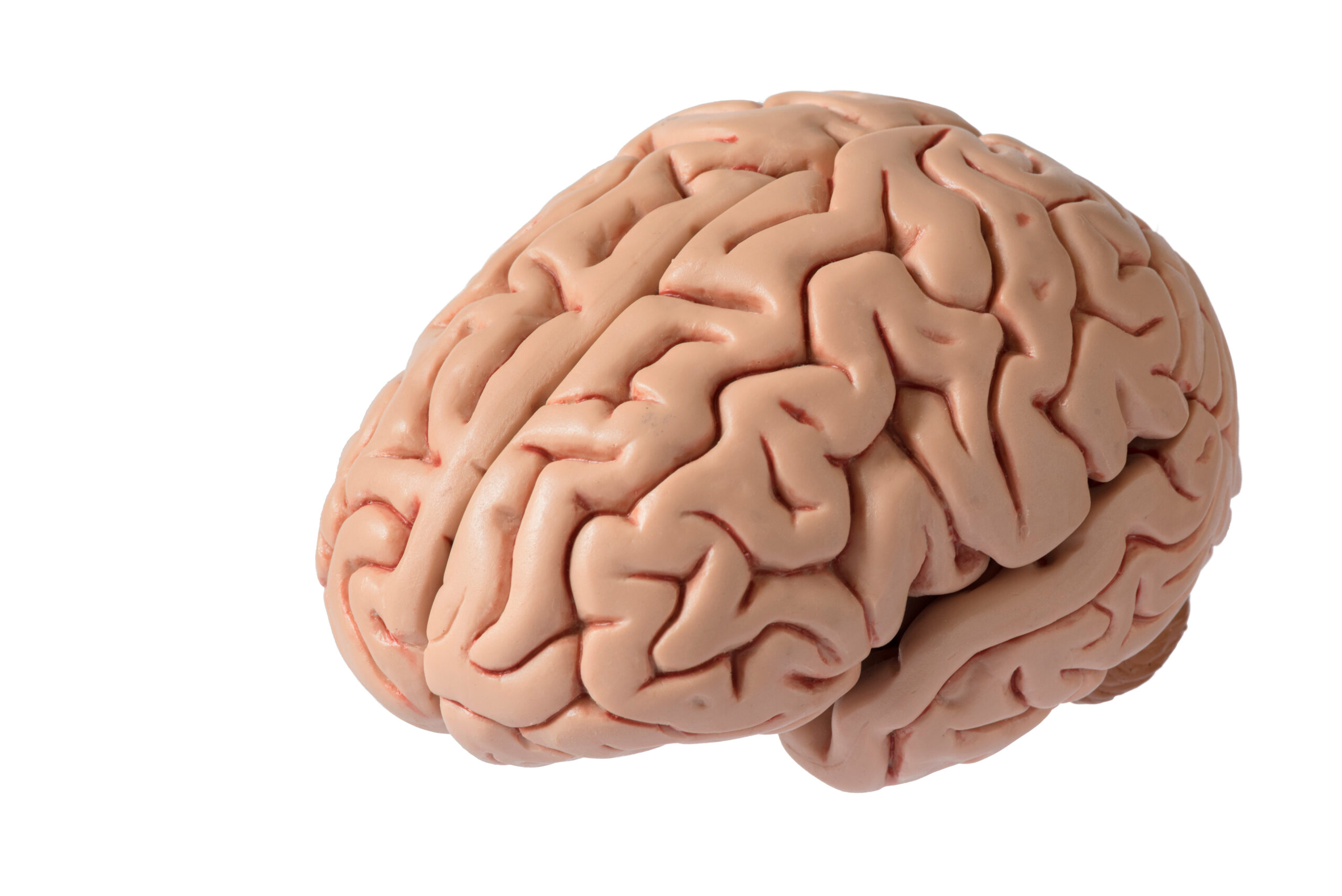The Overlooked Link Between Spicy Food Tolerance and Neural Flexibility
### The Overlooked Link Between Spicy Food Tolerance and Neural Flexibility
When we think about our nervous system, we often focus on how it responds to stress, trauma, and other significant events. However, there’s another aspect of our nervous system that plays a crucial role in how we adapt to our environment: neural flexibility. This concept is closely related to cognitive flexibility, which is the ability to adjust our behavior in response to changes in the environment. In this article, we’ll explore how neural flexibility, particularly in the context of spicy food tolerance, can provide insights into our overall adaptability and resilience.
### What is Neural Flexibility?
Neural flexibility refers to the brain’s ability to adjust its activity and content in response to changing situations. This means that our brain can switch between different tasks, rules, and even perceptions seamlessly. Think of it like a computer that can quickly change software programs or a person who can easily switch between different conversations.
### The Connection to Spicy Food Tolerance
Spicy food tolerance is a great example of neural flexibility in action. When we first encounter spicy food, our nervous system reacts strongly, often causing discomfort or pain. However, over time, many people develop a tolerance to spicy food. This doesn’t mean that the spiciness itself changes; rather, our brain adapts to it.
Here’s how it works: initially, the capsaicin in spicy food binds to receptors in the tongue, sending a signal to the brain that something is wrong. This triggers a response to protect the body from what it perceives as danger. However, as we continue to eat spicy food, our brain learns to recognize that this sensation is not actually harmful. It adjusts its response, reducing the intensity of the discomfort and eventually making us more tolerant of the spiciness.
### How Does This Relate to Trauma and Stress?
The process of developing tolerance to spicy food shares some similarities with how our nervous system responds to trauma and stress. When we experience traumatic events, our nervous system learns to associate certain situations or stimuli with danger. This can lead to dysregulation, where our nervous system goes into a defensive state even when there is no actual threat.
However, just like our brain adapts to spicy food, we can also learn to shift out of dysregulated states. This involves recognizing the triggers and understanding that the current situation is not a threat. By doing so, we can begin to regulate our nervous system more effectively, reducing the impact of past traumas on our present well-being.
### Cognitive Flexibility and Neural Flexibility
Cognitive flexibility is closely related to neural flexibility. Cognitive flexibility is the ability to adjust our thinking and behavior in response to changes in the environment. It involves tasks like switching between different rules or goals, which is essential for problem-solving and creative thinking.
Neural flexibility, on the other hand, is more about the underlying neural mechanisms that allow us to adapt. Both concepts are crucial for our overall resilience and ability to cope with stress and change.
### Practical Applications
Understanding neural flexibility can have practical applications in various areas of life. For instance, if you find yourself getting easily triggered by certain situations or people, recognizing that your nervous system is reacting based on past experiences can help you shift out of those dysregulated states. This involves discerning whether your perception of the situation is accurate or if it’s a mismatched neuroception, as discussed in the context of trauma survivors.
Additionally, developing cognitive flexibility through practices like mindfulness and problem-solving can enhance neural flexibility. This means you’ll be better equipped to handle new situations and adapt to changing environments.
### Conclusion
The link between spicy food tolerance and neural flexibility might seem abstract at first, but it provides a powerful metaphor for how our brains adapt to change. By understanding how our nervous system adjusts to new stimuli, we can better appreciate the mechanisms behind our resilience and adaptability. Whether it’s tolerating spicy food or shifting out of dysregulated





